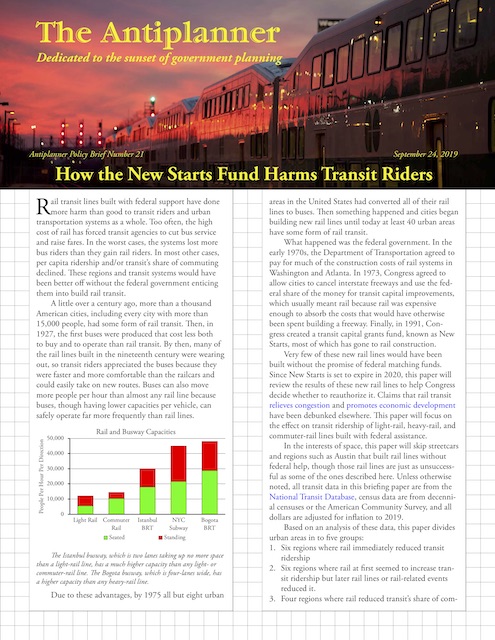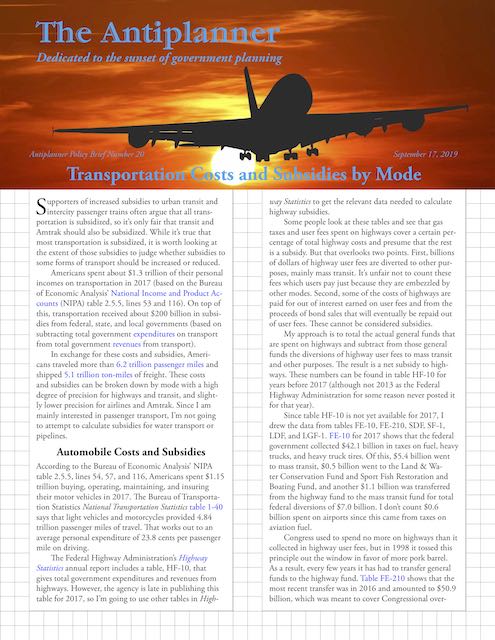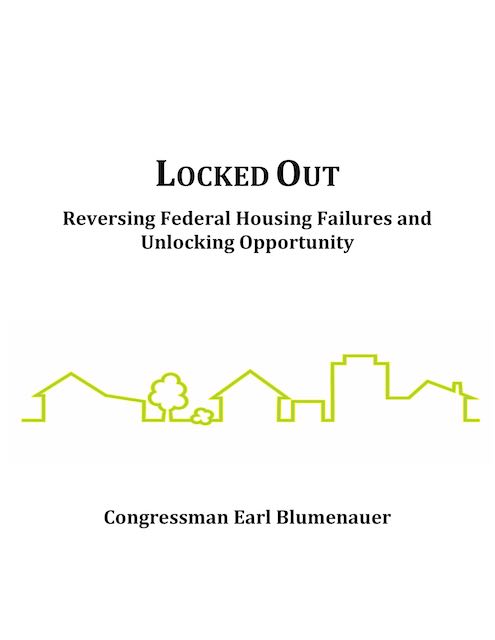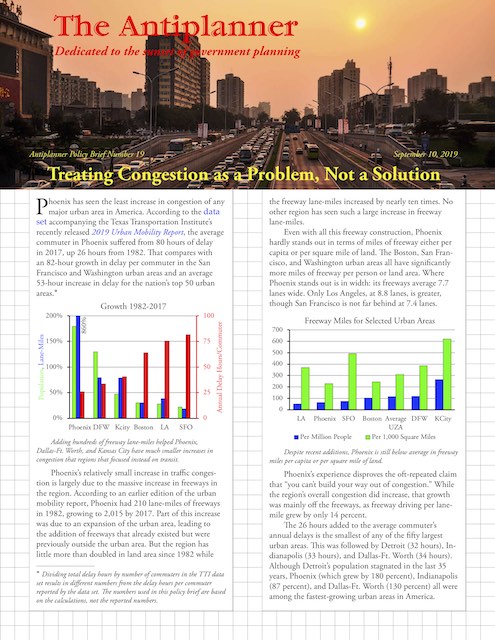Soon after Reforming the Forest Service was published, we began to see signs of dissension within the Forest Service. They were subtle at first: a memo here, a policy decision there. They became more overt when an on-the-ground timber sale planner in Oregon started a group called Association of Forest Service Employees for Environmental Ethics. Then they became a flood bursting through a dam as all of the forest supervisors in the West joined a movement against decisions being made by the Washington DC office of the agency. The results figuratively turned the agency upside down.
The story actually goes back to 1979, when Max Peterson replaced John McGuire as chief of the Forest Service. Unlike all of his predecessors, Peterson was a road engineer, and he was probably picked precisely because he wasn’t a forester as the agency had been under fire for its timber dominance. But from an environmental view, road engineers were even more suspect since it was feared that his agenda would focus on developing the roadless areas.
But with Ronald Reagan’s appointment of John Crowell as deputy secretary of Agriculture, Peterson ended up spending most of this tenure defending the forests against increased timber cutting. Crowell made it clear that he believed the national forests should be selling 20 billion board feet of timber a year, not the 10 or 11 billion they had been selling. Allowable sale levels could only be increased through forest planning, and under Crowell the Department of Agriculture issued new planning rules that emphasized timber sales. Continue reading











